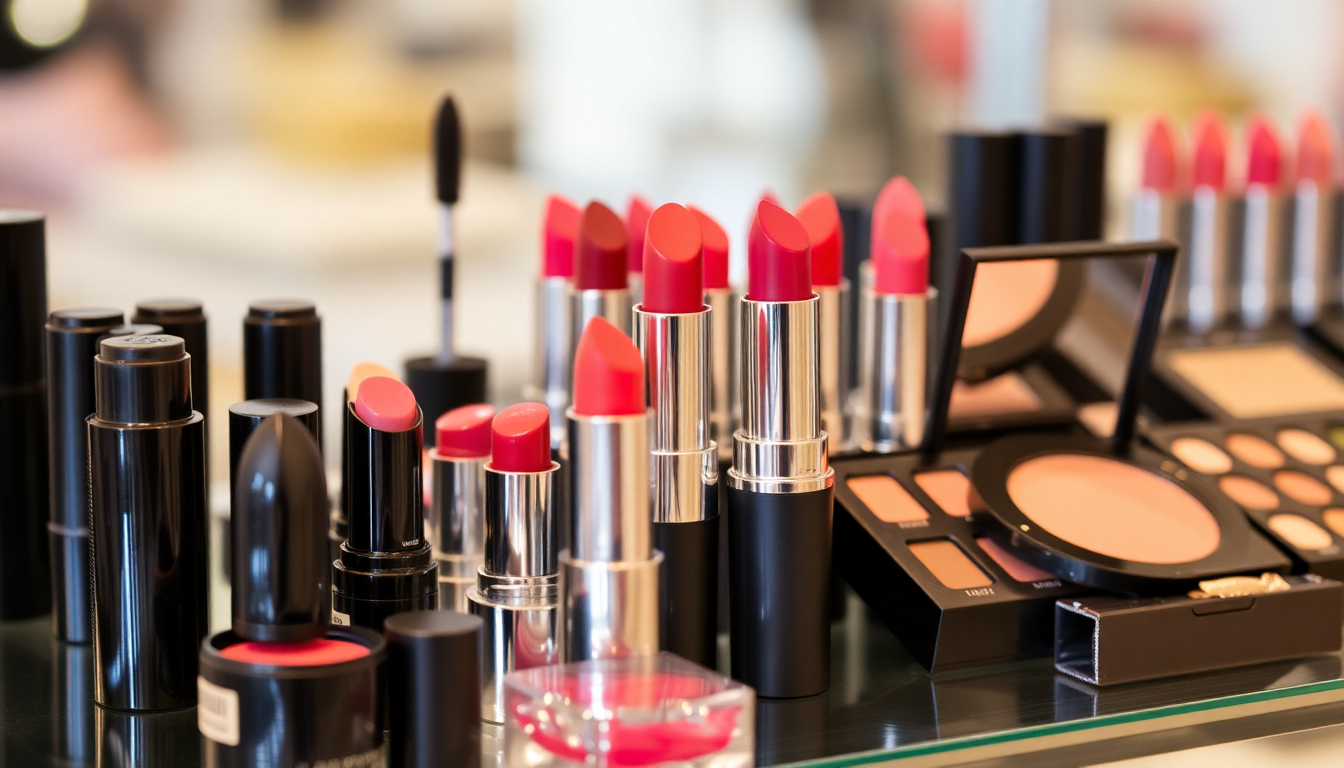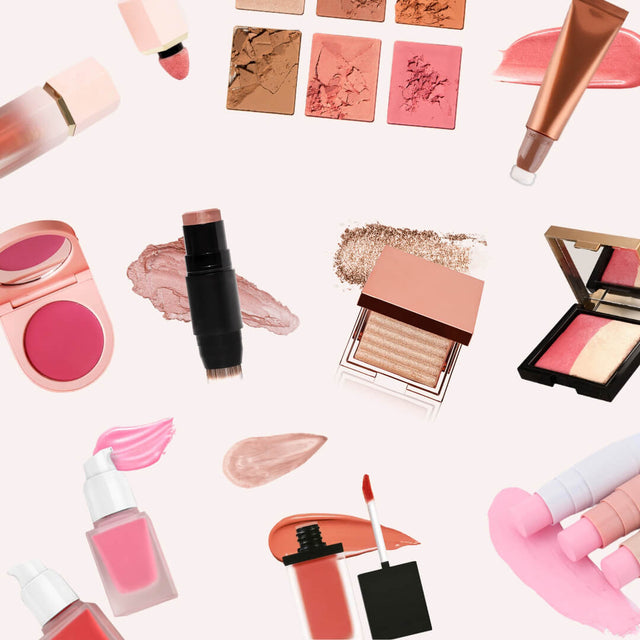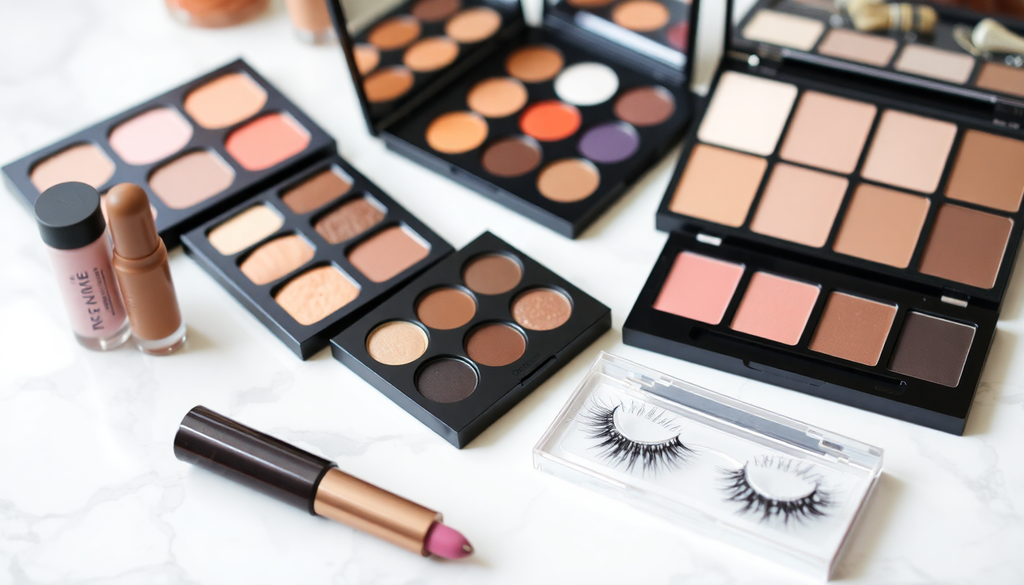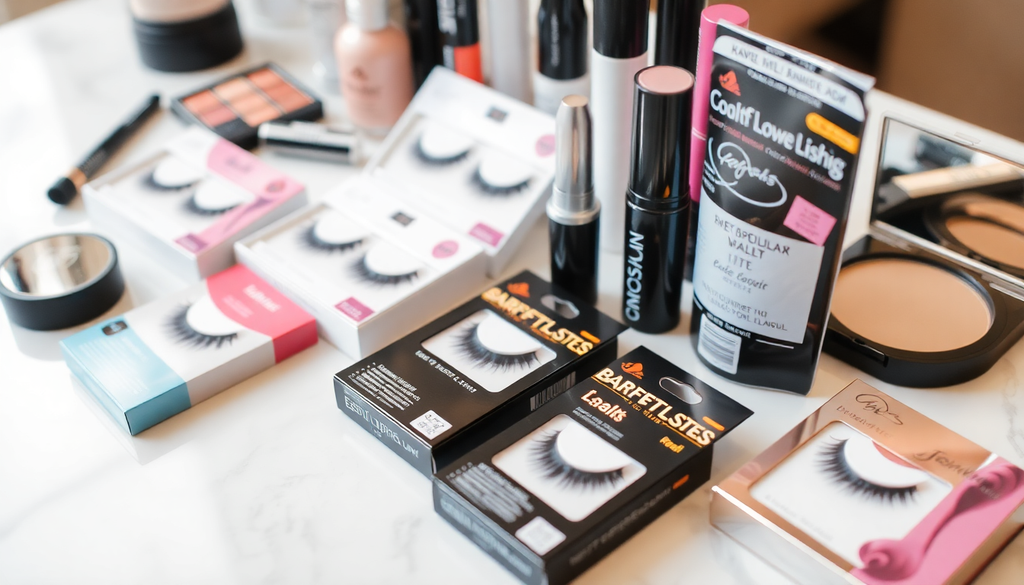
Navigating the Private Label Makeup Landscape: Your Essential Guide to Starting a Lipstick and Eyeshadow Line Without Minimum Orders
Introduction
Entering the world of private label makeup can be a rewarding venture, especially if you're passionate about cosmetics. The makeup industry is booming, and consumers are always on the lookout for unique, high-quality products. This comprehensive guide will walk you through the essential steps to launching your own lipstick and eyeshadow line without the burden of minimum order quantities. From understanding regulations to setting up your online store, we’ve got you covered!
Understanding Private Label Makeup
Private label makeup allows you to create a brand using products manufactured by a third party. This means you can focus on branding and marketing while leaving production to experts. Here are some advantages of private label cosmetics:
- Cost-Effective: You save on production costs and can start with a smaller inventory.
- Brand Customization: You can design products that align with your brand vision.
- Faster Time to Market: With established manufacturers, you can launch your products more swiftly.
Key Steps to Starting Your Makeup Line
Starting a makeup line requires careful planning and execution. Here’s a step-by-step breakdown:
- Research Your Market: Conduct thorough market research to understand your target audience. Analyze competitors in the lipstick and eyeshadow sectors, paying attention to their pricing, marketing strategies, and customer feedback.
- Select a Niche: Identify trends within the makeup industry. Consider niches such as vegan, cruelty-free, organic, or hypoallergenic products that cater to specific consumer preferences.
- Find a Manufacturer: Look for manufacturers that offer private label services with no minimum orders. Research their reputation, product quality, and production capabilities. Consider local and international options to find the best fit for your brand.
- Develop Your Product Line: Decide on the types of lipsticks and eyeshadows you want to offer. Consider various formulas (liquid, matte, creamy) and shades that reflect your brand’s identity.
Cosmetics Labelling Regulations
It's crucial to be aware of the cosmetics labelling regulations in your target market. Here’s a brief overview:
- United States: Follow the FDA guidelines which require proper ingredient listing, product claims, and adherence to labeling standards. Ensure your labels are not misleading and include the necessary warnings.
- European Union: Comply with the EU Cosmetics Regulation, which mandates safety assessments and detailed labelling information, including the product's country of origin and batch number.
- Australia: Adhere to the Australian Competition and Consumer Commission (ACCC) guidelines for cosmetics, ensuring that your products meet safety and quality standards.
- Canada: Follow the Cosmetic Regulations under the Food and Drugs Act, which require ingredient disclosure and safety assessments.
Import Policies and Certifications
Before launching your products, ensure you understand the import policies in your country. Here are some considerations:
- Tariffs and Taxes: Check for any tariffs or taxes on imported cosmetics, as these can affect your pricing strategy.
- Necessary Certifications: Understand the required certifications, such as Good Manufacturing Practices (GMP), safety assessments, and cruelty-free certifications to build trust with consumers.
- Documentation: Ensure proper documentation for importing cosmetics, which may include import permits and product registration.
Setting Up Your Online Store
An online store is essential for selling your lipstick and eyeshadow line. Here are steps to consider:
- Choose an E-Commerce Platform: Options like Shopify, WooCommerce, or BigCommerce can help you set up quickly, offering customizable themes and user-friendly interfaces.
- Design Your Website: Ensure it reflects your brand identity and is user-friendly. Invest in high-quality images and compelling copy that resonates with your target audience.
- Optimize for SEO: Use relevant keywords, meta tags, and high-quality images to improve your search engine ranking. Consider creating a blog to share makeup tips, tutorials, and product insights, which can drive organic traffic to your site.
- Set Up Payment and Shipping: Choose reliable payment gateways and establish shipping options that are convenient for your customers.
Marketing Your Makeup Brand
Effective marketing is key to your brand’s success. Consider the following strategies:
- Social Media Marketing: Leverage platforms like Instagram and TikTok to showcase your products and connect with your audience. Use engaging content such as tutorials, behind-the-scenes looks, and user-generated content to create buzz.
- Influencer Collaborations: Partner with beauty influencers to reach a wider audience. Influencers can provide authentic reviews and demonstrations that resonate with their followers.
- Email Marketing: Build an email list to keep customers informed about new launches, promotions, and exclusive offers. Use engaging newsletters to maintain customer interest.
- Content Marketing: Create valuable content related to beauty, makeup tips, and trends to establish your brand as an authority in the industry. This can include blog posts, videos, and tutorials.
- Online Advertising: Consider using paid advertising through platforms like Google Ads or social media ads to target specific demographics and drive traffic to your online store.
Building Your Brand Identity
Your brand identity is crucial in the crowded makeup market. Here are some tips to develop a strong brand:
- Create a Unique Brand Name: Choose a name that reflects your brand’s mission and resonates with your target audience.
- Design a Memorable Logo: A professional logo can enhance brand recognition and credibility.
- Establish a Consistent Aesthetic: Use a consistent color palette, typography, and imagery across all platforms to create a cohesive brand image.
Customer Engagement and Feedback
Engaging with your customers is vital for building loyalty and improving your products. Consider the following:
- Encourage Reviews: Ask customers to leave reviews and testimonials on your website and social media. Positive feedback can enhance your brand’s reputation.
- Conduct Surveys: Regularly survey your customers to gather insights on their preferences and experiences, which can help inform future product development.
- Host Giveaways: Organize contests and giveaways on social media to engage your audience and attract new followers.
Conclusion
Starting a private label lipstick and eyeshadow line can be an exciting journey filled with opportunities. By following the steps outlined in this guide, you can navigate the complexities of the makeup landscape successfully. With proper research, effective marketing strategies, and a strong understanding of regulations, you'll be well on your way to establishing a thriving brand. Remember, the key to success lies in staying adaptable and responsive to market trends and consumer needs.




